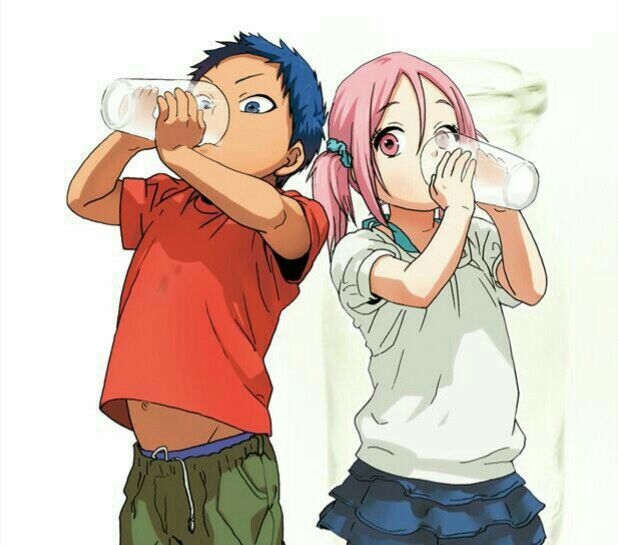

The characters of BL media are almost always masculine, with effeminate gays and trans women often depicted as villains or comic relief. Some BL shows usually don’t tackle the sexuality of their male characters either men in love with other men don’t identify themselves as gay but as people in love with another person regardless of gender. Men in older BLs are usually classified as seme (dominant, masculine) and uke (submissive, feminine) to mirror heteronormative gender roles. Because of this, early Japanese BL employ tropes that are used in straight romance fiction or are designed to appeal to women. Yaoi in Japan was initially created by female writers for a female audience. While BL shows do present male-to-male relationships, it can be argued that they do not necessarily represent gay relationships. TV networks have, however, aired foreign shows with BL themes and tropes. There are, of course, made many LGBT-themed shows such as “My Husband’s Lover,” “The Rich Man Daughter,” “Destiny Rose,” not to mention the many gay-themed episodes of ABS-CBN and GMA-7’s drama anthology shows. Local TV is yet to produce an actual BL show, though there are several forthcoming. Tickets for these events back in 2018 were sold for as much as ₱6,500, proving that there’s a paying audience for BL content and its stars in the Philippines.īL elements have also been present in Philippine pop culture since the early 2000s. As early as 2018, the stars of Thai BL shows such as “Kiss Me Again” and “Love By Chance” have visited the Philippines to attend fan meetings. These shows have amassed a following in Asian countries such as China, Vietnam, Myanmar, Taiwan, and the Philippines.

In 2019 alone, more than 20 of these shows were produced in Thailand. Its popularity influenced filmmakers, writers, and TV networks to produce their own BL content.

Yaoi content from Japan became popular in Thailand (there called y or wai) during the early 2000s. The genre, also known as yaoi, originated in Japan in the late 1970s. “2gether: The Series” is a Boys’ Love show, a kind of fictional media that depicts homoerotic relationships between men. “2gether: The Series” is not new - not in Thailand, where these shows are part of mainstream television, and not in the Philippines. A fashion publication has called it “unapologetically gay.” A news outfit has called it “a testament to how far we’ve come in terms of acceptance.” These reasons are not wrong, but they’re also not accurate. Manila (CNN Philippines Life) - The popularity of the “2gether: The Series” has prompted local media to explain and theorize why, all of a sudden, the Filipino audience is crazy over a show about two college students falling in love with each other after pretending to be in a relationship.Ī local blog has described the show as “new.” “We need to face our new reality,” it said.


 0 kommentar(er)
0 kommentar(er)
